Report this entry
More from the same community-collection
John F. Kennedy with Richard Lopez of El Paso, TX 1961
President John F. Kennedy meets with the Boys' Clubs of ...
First Lieutenant William Deane Hawkins - El Paso, Texas
Deane Hawkins was a smart boy-at El Paso's Lamar and Alta Vista ...
Fitzgerald Children on Horseback
Gertrude Fitzgerald took pictures of her own children as well as ...



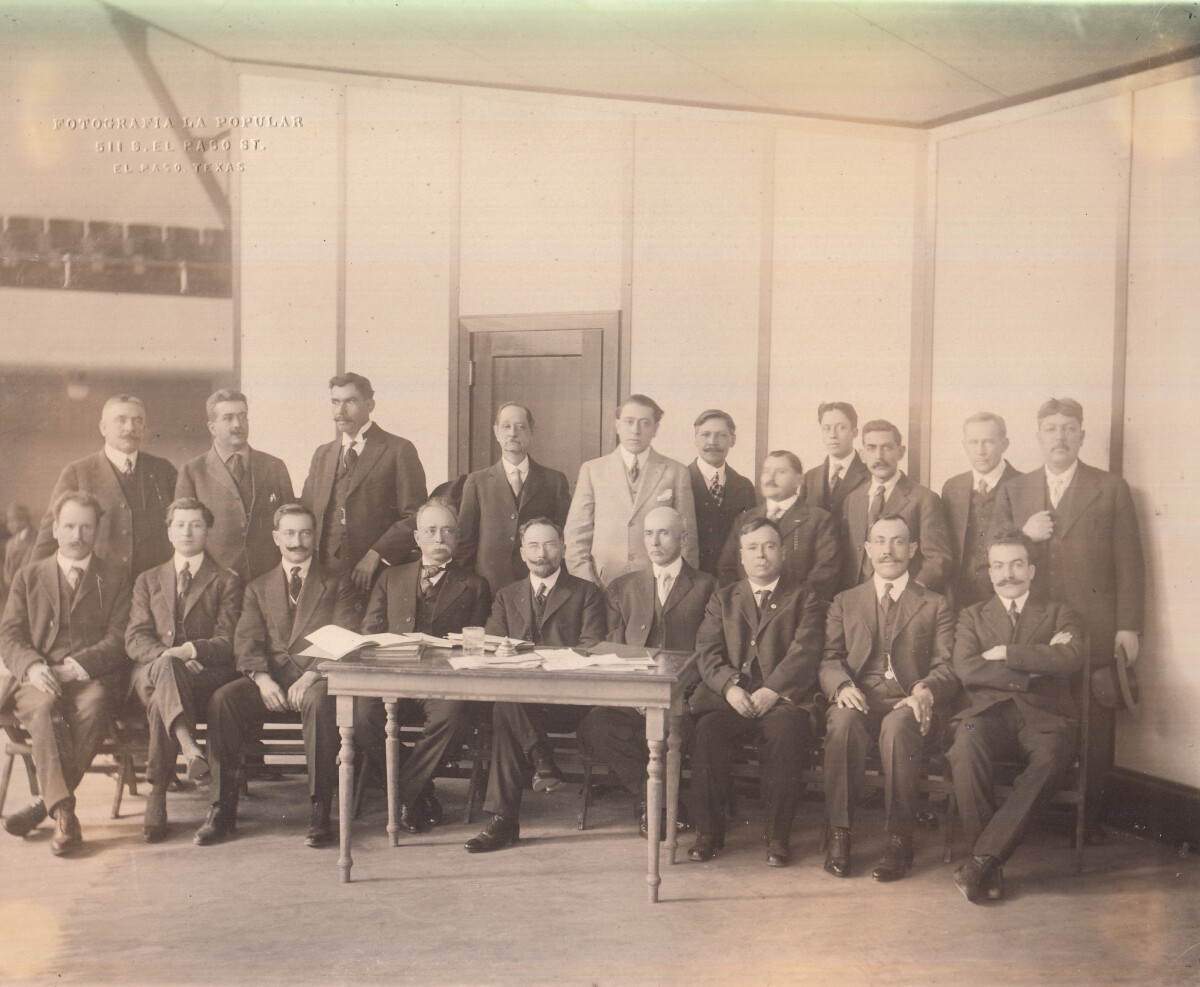



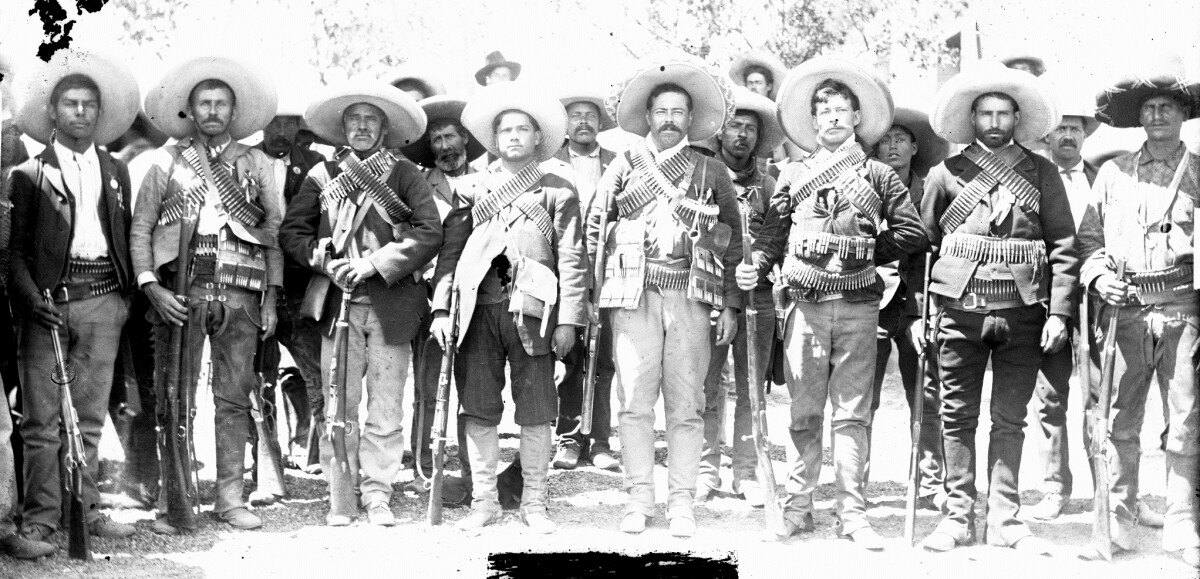






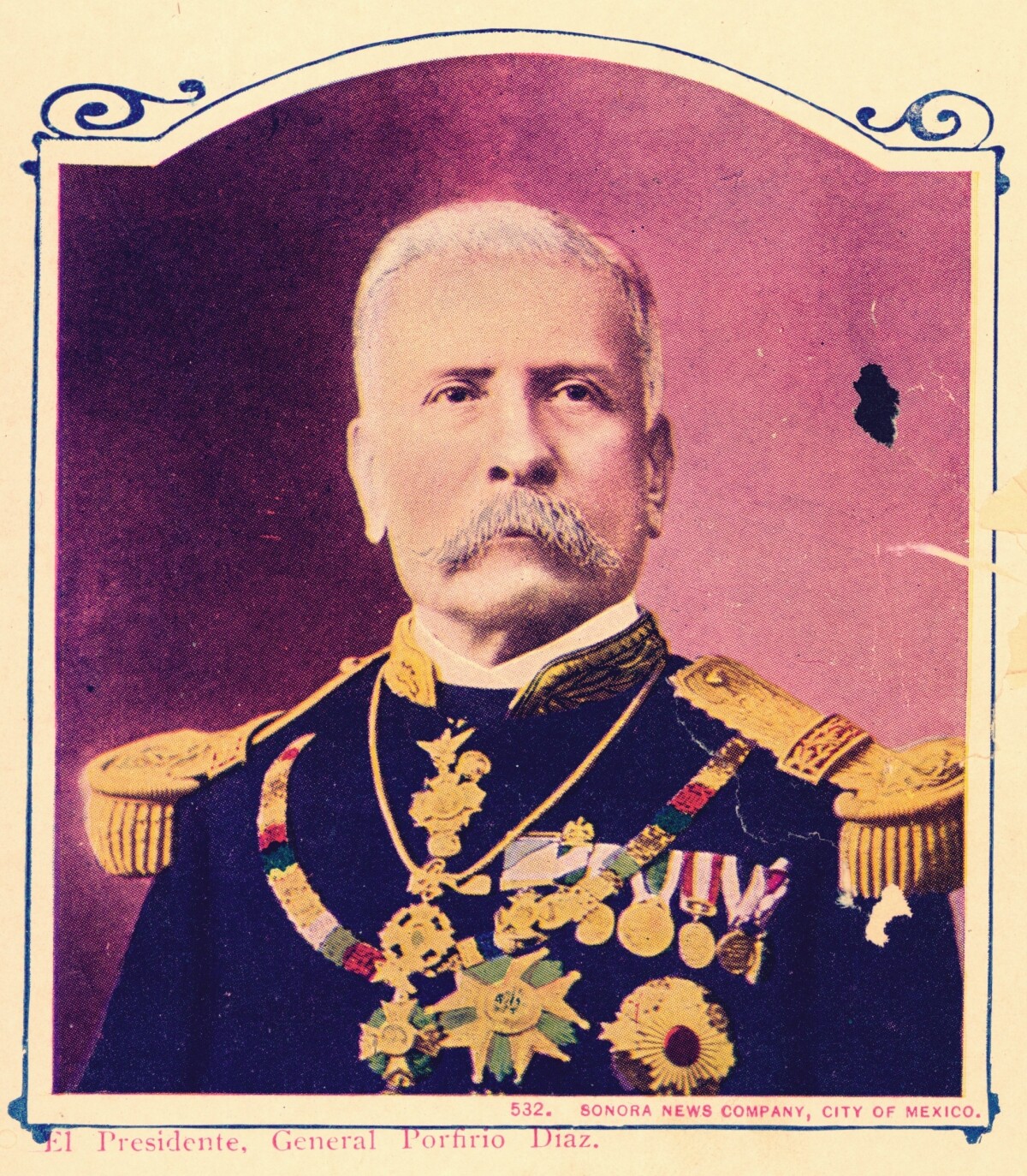











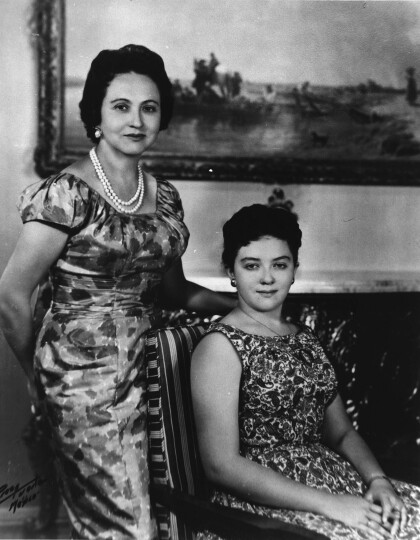





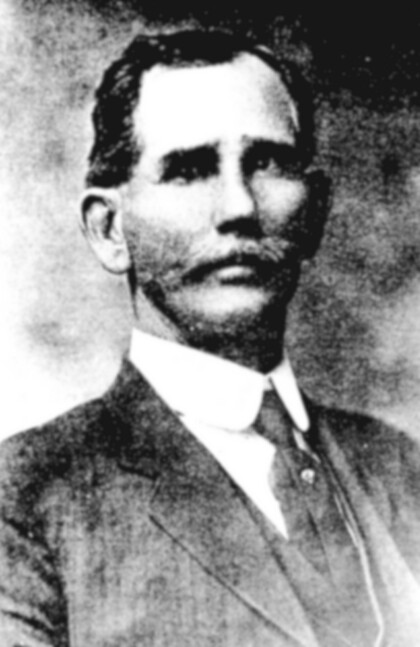

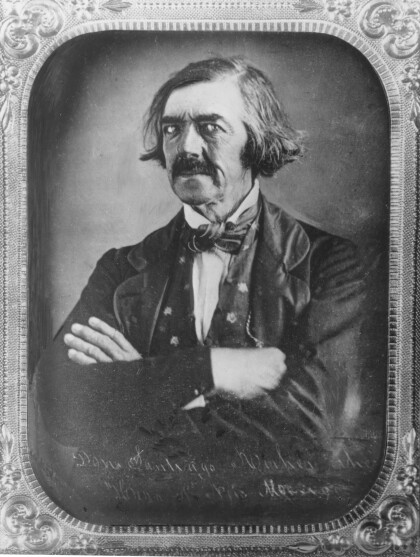


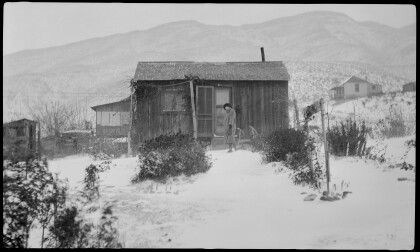

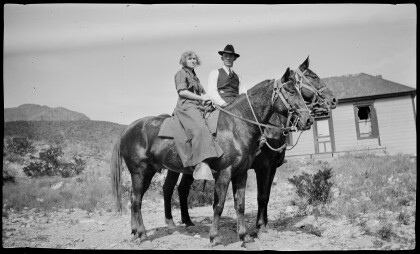

Comments
Add a comment